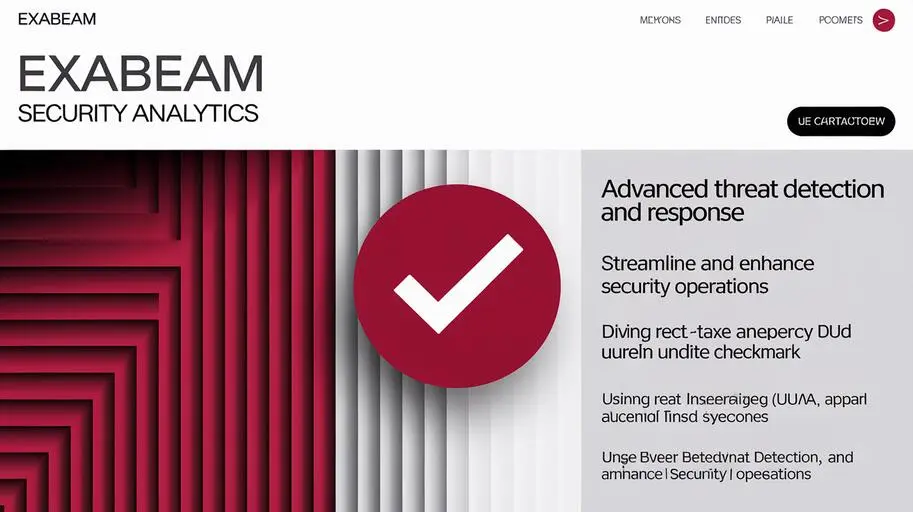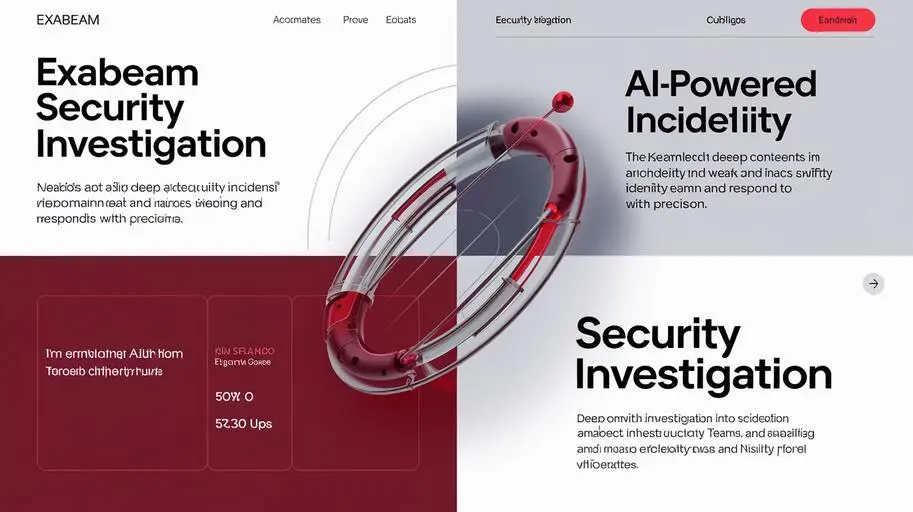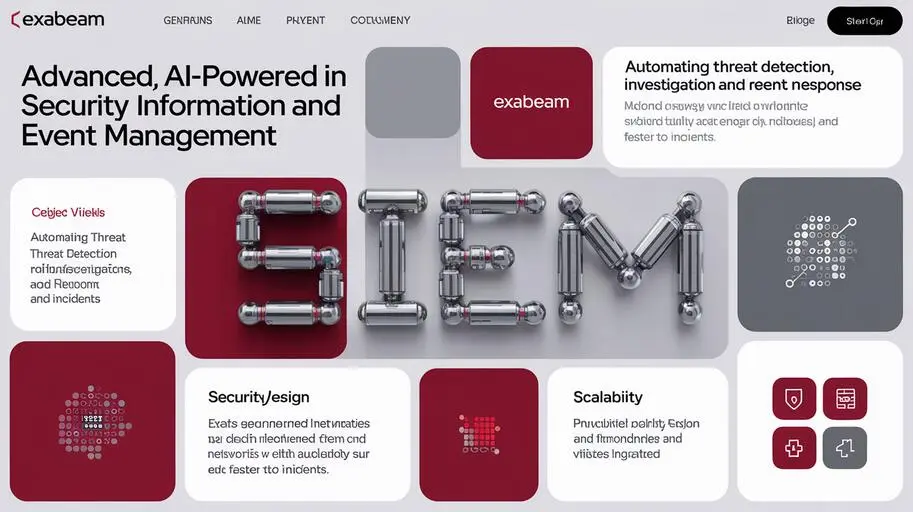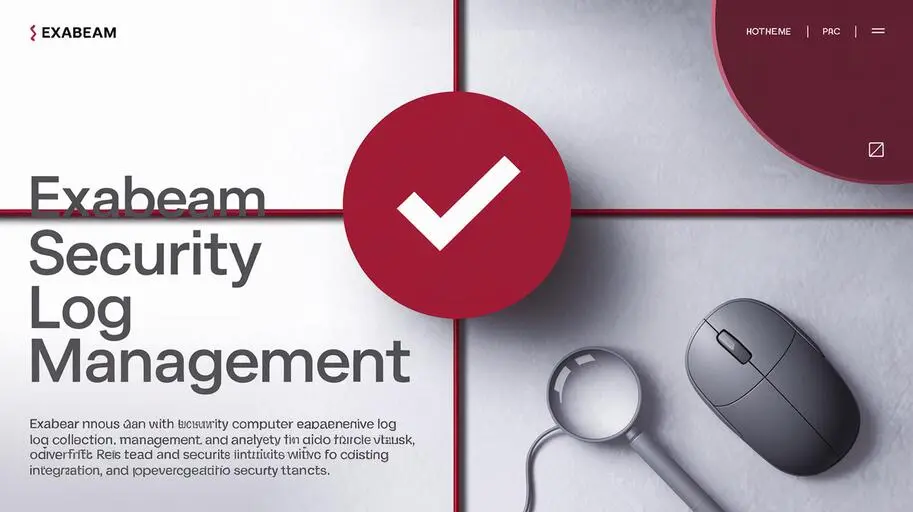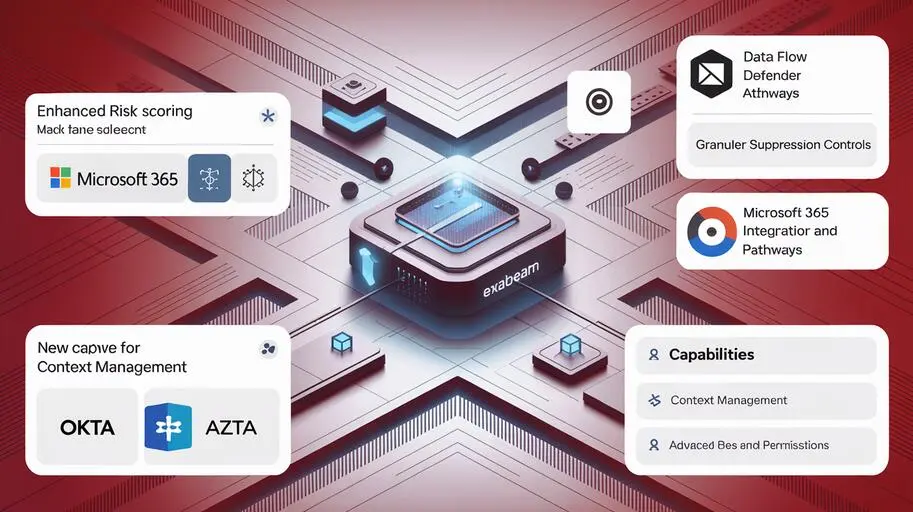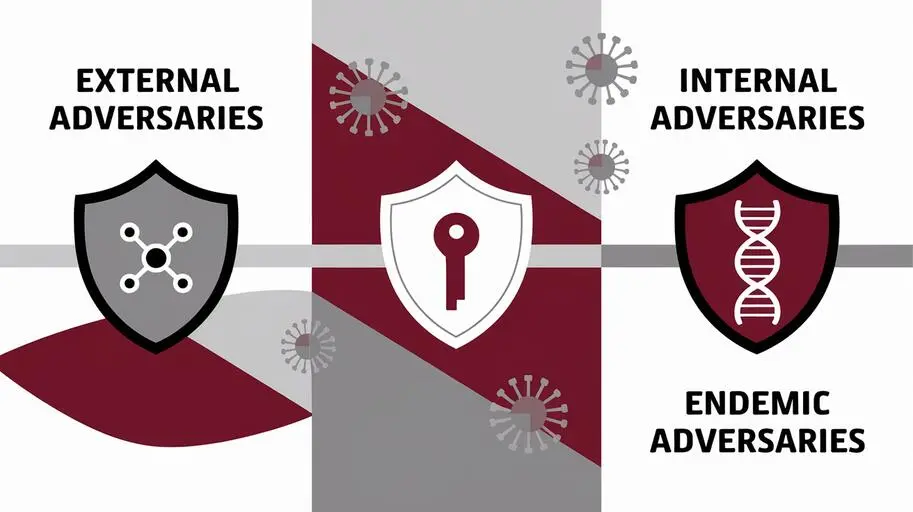
Understanding and Addressing Cybersecurity Adversaries
Exabeam highlights the importance of identifying external, internal, and endemic adversaries for robust security strategies.
External Adversaries: Recognizing Conventional Threats
External adversaries include cybercriminals, nation-states, and hacktivists targeting vulnerabilities to compromise systems and disrupt operations.
Characteristics of External Threats
- Motivations: Financial gain, political disruption, or chaos.
- Techniques: Phishing, ransomware, and brute-force attacks.
- Impact: Operational downtime, data breaches, and reputational damage.
Strategies to Counter External Adversaries
- Adopt AI-powered threat detection tools.
- Implement continuous monitoring and proactive incident response.
- Invest in advanced cybersecurity infrastructure.
Internal Adversaries: Addressing Hidden Risks
Internal adversaries include malicious insiders and employees whose unintentional actions can compromise security.
Key Characteristics of Internal Threats
- Unintentional Insiders: Employees who neglect or misunderstand security protocols.
- Malicious Insiders: Disgruntled staff or contractors seeking harm.
- Compromised Insiders: Accounts hijacked by external attackers.
Mitigation Strategies for Internal Adversaries
- Conduct regular security awareness training.
- Implement role-based access controls.
- Utilize UEBA for behavioral anomaly detection.
Endemic Adversaries: Overcoming Organizational Challenges
Endemic adversaries arise from systemic issues like outdated infrastructure and poor third-party oversight, hindering cybersecurity efforts.
Examples of Endemic Challenges
- Tech Debt: Legacy systems with weak security.
- Leadership Reluctance: Resistance to investing in cybersecurity.
- Vendor Risks: Insufficient oversight of third-party systems.
Steps to Address Endemic Threats
- Evaluate organizational culture and identify barriers to security.
- Invest in modern tools and infrastructure.
- Foster cross-departmental collaboration for unified cybersecurity efforts.
Exabeam’s Role in Comprehensive Security
Exabeam offers a holistic approach to combating cybersecurity threats with its AI-driven solutions and SIEM capabilities.
Core Features of Exabeam
- Behavioral Analytics: Identifies anomalies in user behavior.
- Automated Response: Reduces response times with AI-driven workflows.
- Comprehensive Monitoring: Covers on-premises, cloud, and hybrid environments.
Exabeam in Ukraine: Empowering Local Security
Through NWU, Exabeam offers tailored cybersecurity solutions for Ukrainian businesses and government organizations.
- Advanced SIEM Functionality: Streamlined threat detection and response.
- Localized Expertise: Customized deployment and optimization support.
- Proactive Threat Defense: Tools for behavioral analytics and incident management.
Preparing for Future Cybersecurity Challenges
Understanding and mitigating adversaries is crucial for robust cybersecurity. Exabeam empowers organizations to secure their digital ecosystems effectively.
